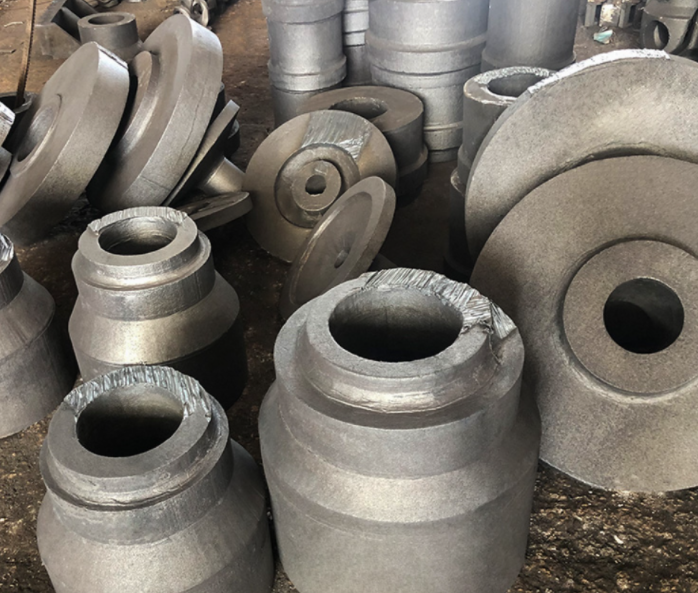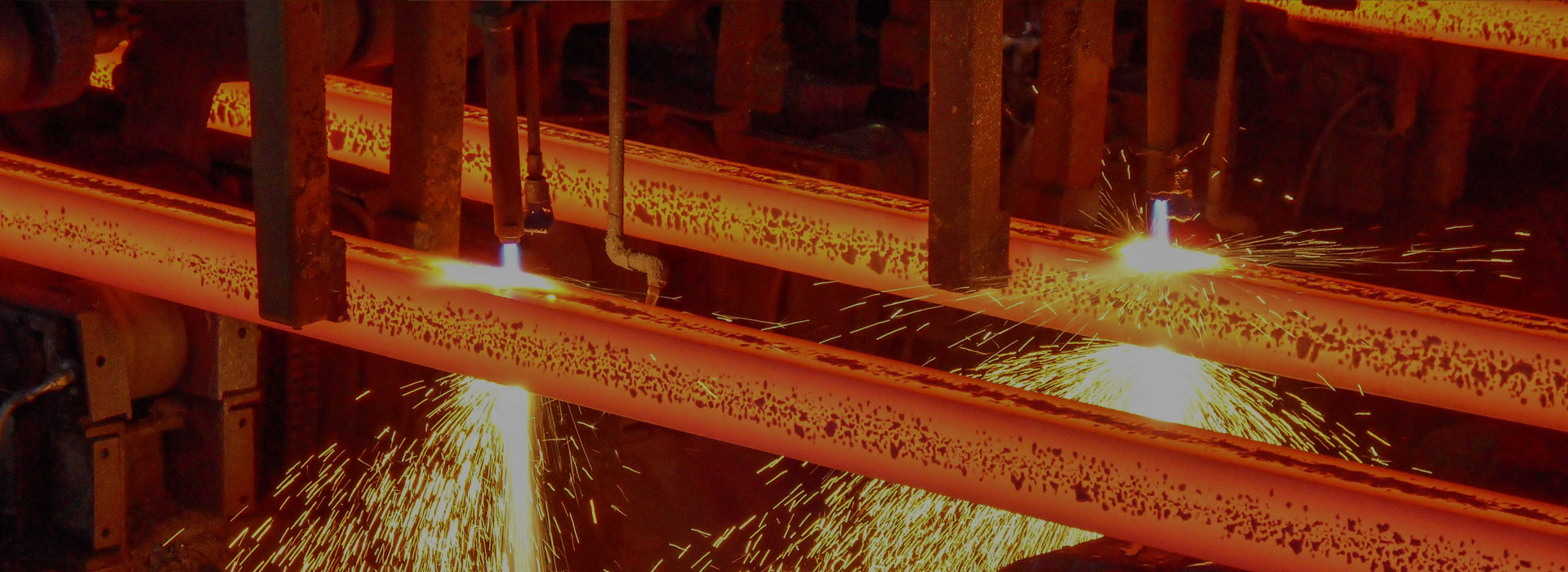Differences Between Steel Castings and Iron Castings
2025-02-21
Both steel castings and iron castings are iron-carbon alloy products that are produced through certain melting techniques and then cast. So what are the differences in the casting processes of these two?
In terms of mould making, steel castings and iron castings are basically the same. The main difference is that steel castings shrinks more than iron castings, and steel castings also have poorer fluidity. Therefore, when manufacturers of cast steel create moulds for cast steel components, they need to appropriately increase the riser and pouring cup.
Due to the higher melting point of cast steel, the steel is more prone to oxidation, and the characteristics of poor fluidity and significant shrinkage mean that the processes used to prevent defects such as cold shuts, shrinkage cavities, and cracks are more complex than those for cast iron:
1. Because the shrinkage of cast steel is much greater than that of cast iron, to prevent defects such as shrinkage cavities and porosity in the castings, manufacturers of cast steel generally adopt measures such as risers and cold iron, as well as compensation, to achieve sequential solidification.
Cast iron has a higher wear resistance but lower strength, and its toughness and plasticity are somewhat inferior, although it is slightly more weldable.
2. The fluidity of molten steel is relatively poor. To prevent insufficient pouring and cold shuts in cast steel components, the wall thickness of cast steel must not be less than 8mm. The structure of the pouring system must be simple, and the cross-sectional dimensions must be larger than those of the casting. Manufacturers of cast steel should also use hot casting or dry casting methods and appropriately increase the pouring temperature, generally recommended to be between 1520-1600°C. A higher pouring temperature increases the superheat of the molten steel, allowing it to remain in a liquid state for a longer time. However, if the pouring temperature is too high, it can lead to defects such as coarse grains, hot cracking, sand adhesion, and gas porosity. Therefore, manufacturers of cast steel must carefully control the pouring temperature.
The functions of steel castings and iron castings are quite similar, but cast steel has better strength and can be welded. Currently, the cast steel products produced by manufacturers are widely used in construction, metallurgy, mining equipment, and various other industries, with a very high annual export volume in our country, holding a significant market share.




